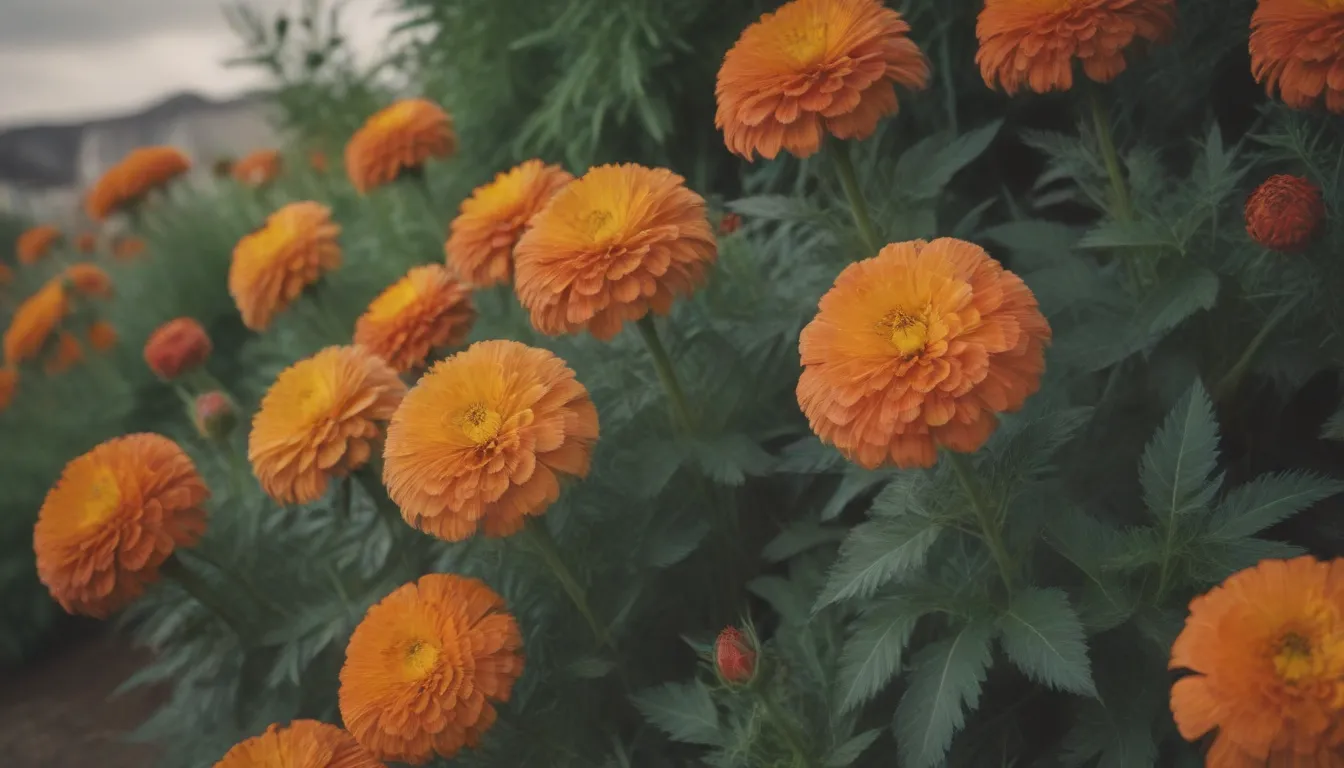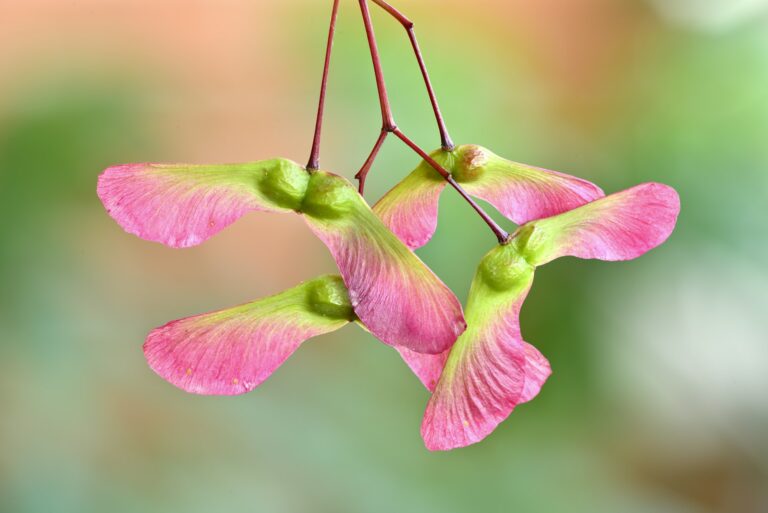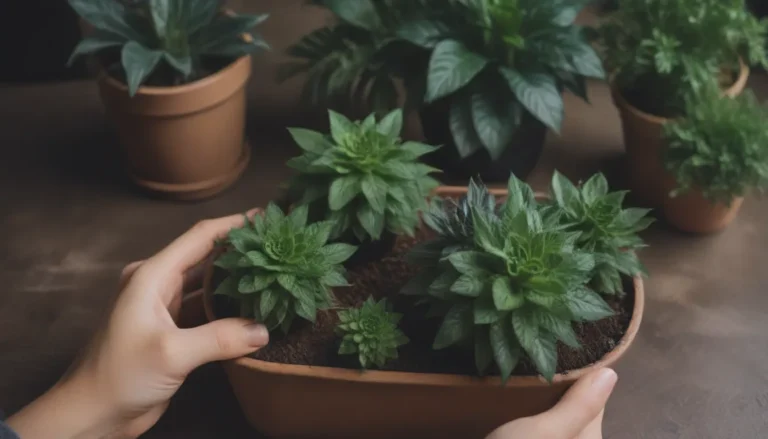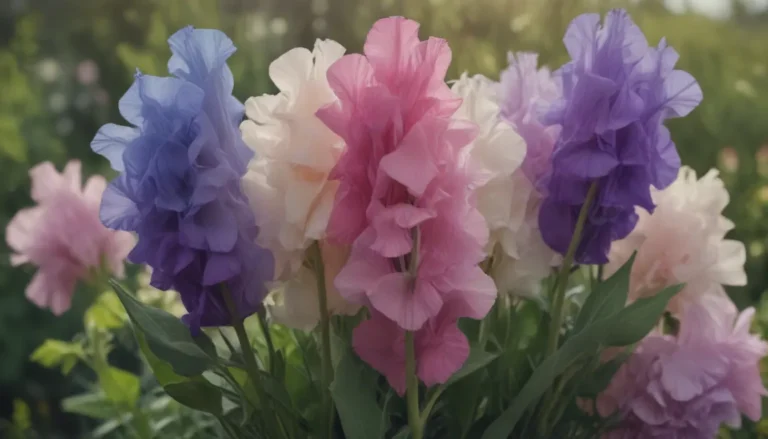Mastering the Art of Growing French Marigolds: A Comprehensive Guide

Are you looking to add a splash of vibrant color to your garden with the beautiful French marigolds? Look no further! French Marigolds, scientifically known as Tagetes patula, are popular annuals that are easy to grow and come in an array of colors ranging from reds and oranges to yellows and mixed shades. In this comprehensive guide, we will delve into everything you need to know to grow French Marigolds like a pro gardener. Whether you are a beginner or a seasoned gardening enthusiast, this article will equip you with all the information you need to cultivate these stunning flowers successfully.
French Marigolds: An Overview
French marigolds are versatile annuals that exhibit a bushy growth habit, with flowers blooming from early summer through frost. They are known for their double, semi-double, or crested ray flowers that sit atop strongly scented, fern-like foliage. While these plants are low-maintenance and can be easily grown from seeds, they can cause skin irritation in sensitive individuals. French marigolds thrive equally well in containers and garden beds, making them a popular choice among gardeners.
French Marigold Care Tips
French marigolds are among the easiest annuals to grow and care for. Here are some essential care tips to help you cultivate these beautiful flowers like a pro:
- Planting French Marigolds:
- Plant nursery seedlings 10 to 12 inches apart for mass plantings and borders.
- Water well until plants are established and then allow the soil to dry between waterings.
-
Ensure proper soil preparation by adding aged compost or sand to heavy clay soils.
-
Where to Plant French Marigolds:
- Choose a location that receives full sun for at least six hours daily.
- French marigolds are adaptable to heat, poor soil, humidity, and drought conditions.
-
Consider planting dwarf varieties in pots and taller hybrids in areas sheltered from strong winds.
-
When to Plant French Marigolds:
- Wait to plant or sow seeds until all danger of frost has passed in your growing zone.
-
In cooler climates, plant French marigolds in spring for summer blooms, while in warmer climates, autumn planting can also be successful.
-
Soil and Watering:
- French marigolds thrive in well-draining soils and prefer moderately fertile soil.
- Water seeds and seedlings well initially, and then water weekly, allowing the soil to dry out between waterings.
-
Mulch can help retain moisture and suppress weeds in the garden.
-
Temperature and Humidity:
- French marigolds bloom best in temperatures between 68°F and 75°F.
- While they are not frost-hardy, they can tolerate temperatures as low as 40°F.
Types of French Marigolds
French marigolds are available in various varieties to suit different landscaping needs. Some popular varieties include:
- **T. patula ‘Bonanza’
- **T. patula ‘Boy O’ Boy’
- **T. patula ‘Hero’
- **T. patula ‘Hot Pak’
- **T. patula ‘Janie’
Growing French Marigolds From Seed
Growing French marigolds from seed is a rewarding experience that yields beautiful blooms in just a few weeks. Whether you choose to direct sow seeds in the garden or start them indoors, here are some steps to help you successfully grow French marigolds from seed:
- Planting Seeds for Borders:
- Space seeds 10-12 inches apart and plant them 1/4 inch deep in the soil.
-
Ensure seeds are well-watered initially and provide consistent moisture until seedlings establish.
-
Starting Seeds Indoors:
- Begin sowing seeds indoors six to eight weeks before the final frost date in your area.
-
Provide adequate light, warmth, and moisture for seed germination.
-
Potting and Repotting:
- Choose the right-sized container based on the variety you are growing to prevent overcrowding.
- Repot tall varieties in larger containers to allow ample space for root growth.
Common Pests and Plant Diseases
French marigolds are generally resistant to pests and diseases, but some issues may arise. Here are a few common problems you may encounter while growing French marigolds:
- Spider Mites and Thrips:
- Use neem or horticultural oil to manage infestations of spider mites and thrips.
-
Maintain plant health to reduce susceptibility to pest attacks.
-
Fungal Diseases:
- Provide adequate air circulation by spacing plants appropriately.
- Water at the base of plants to prevent fungal diseases like powdery mildew and botrytis.
Encouraging Bloom and Dealing with Common Issues
As you care for your French marigolds, you may encounter some challenges related to blooming and overall plant health. Here are some tips to encourage bloom and address common problems:
- Encouraging More Blooms:
- Deadhead spent flowers regularly to stimulate new growth.
-
Pinch off early buds to promote branching and increase flower production.
-
Addressing Common Problems:
- Watch out for issues like spots on leaves, root rot, scorched leaves, and wilted leaves.
- Take preventive measures such as proper watering, soil testing, and choosing resistant varieties.
In Summary
French marigolds are a delightful addition to any garden, with their vibrant colors and easy-care nature. By following the tips and guidelines outlined in this comprehensive guide, you can grow French marigolds like a seasoned gardener. Whether you are a novice or an experienced horticulturist, cultivating French marigolds can be a rewarding and enjoyable experience. So, roll up your sleeves, grab your gardening tools, and get ready to transform your outdoor space with the beauty of French marigolds. Happy planting!





